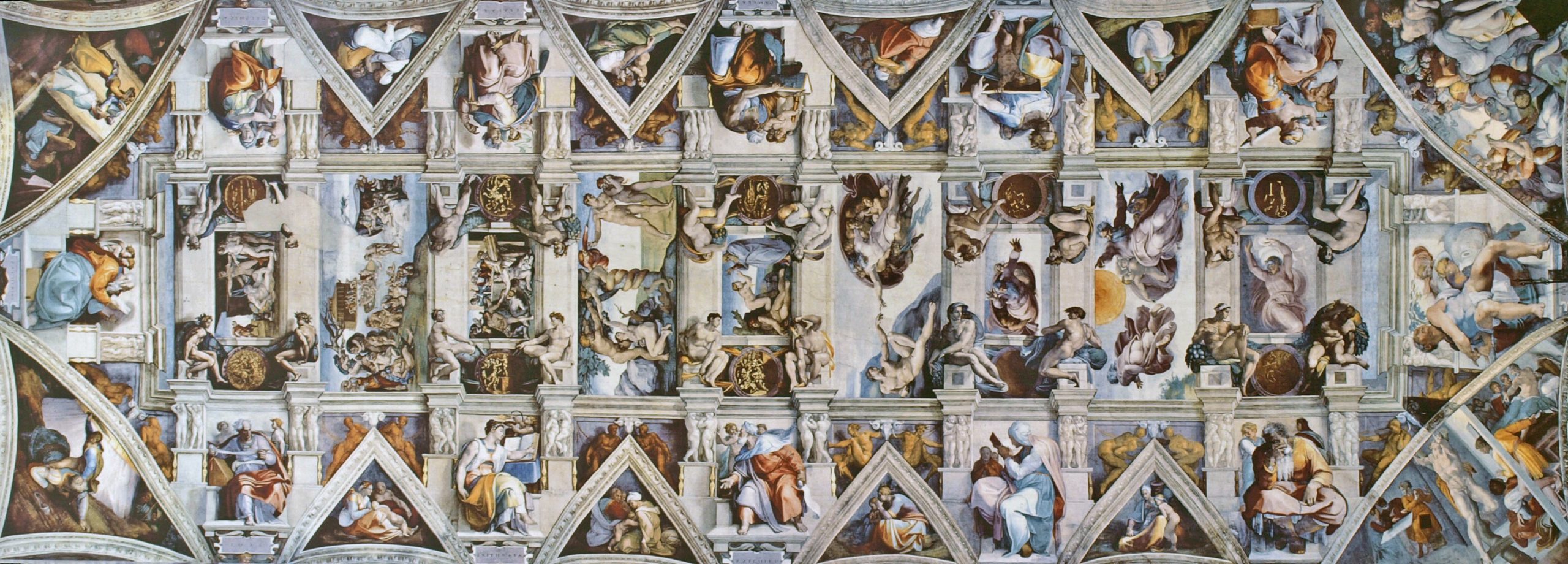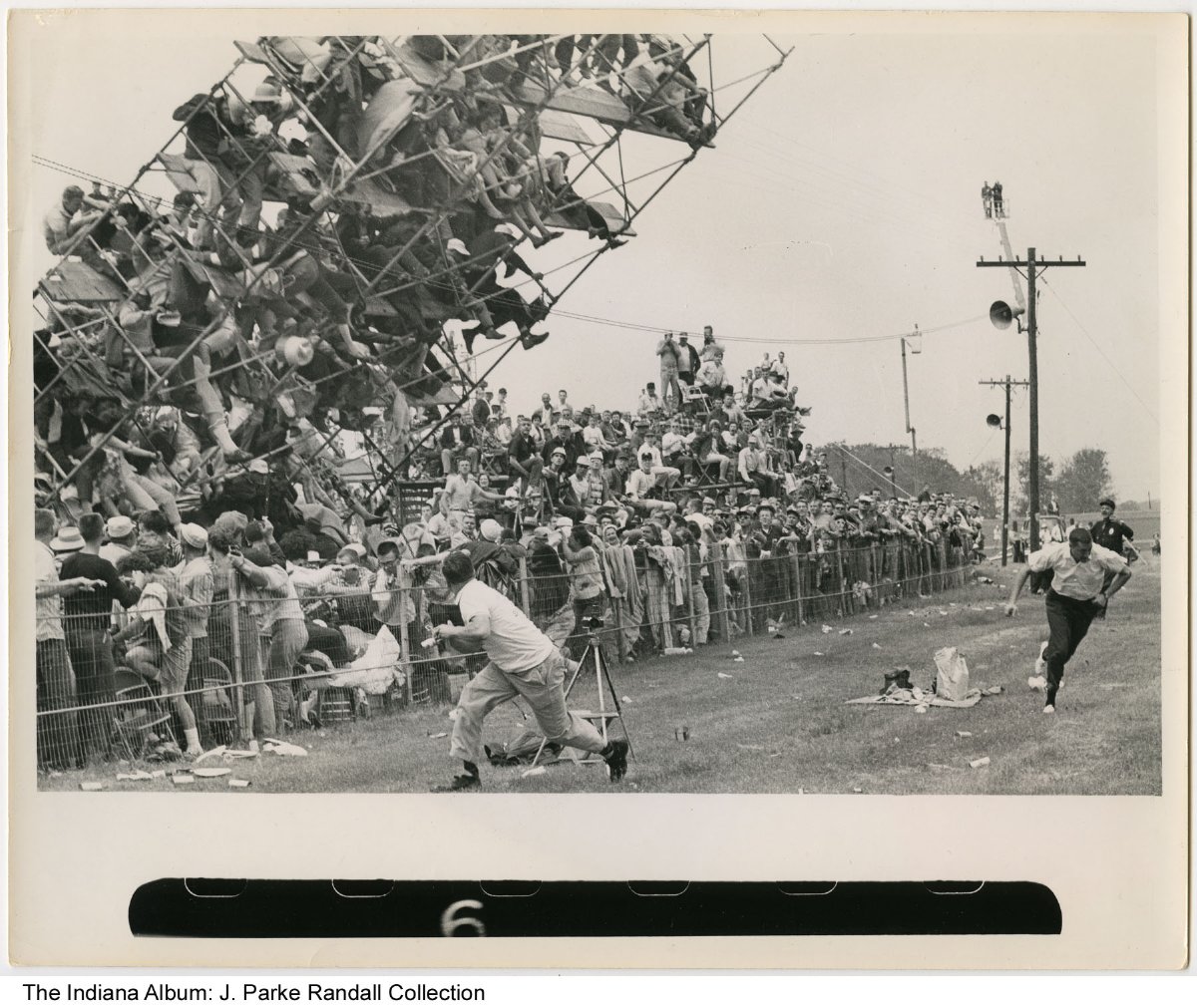Many see depictions of ancient Egypt or the Roman Empire with wood scaffolding as they build some of the Wonders of the World. However, seeing a painting displaying what they did to accomplish these incredible construction projects is much different than seeing it in person. Unfortunately, when it comes to thousands of years ago, cameras were not available to capture these feats. However, with archaeologists, we are able to find signs of our ancestors having used construction equipment that is still widely used today, such as scaffolding. Scaffolding has an incredible history as it has faced multiple developments to become the metal structure it is today. Impressively, the metal and joint design of scaffolding hasn’t changed much since the early 1900’s! However, with it having potentially reached its maximum development potential, the history of it slowly fades away as new developments are less frequent.
Scaffolding is much older than we may realize. One of the first findings that led to understanding scaffolding usage is from over 17,000 years ago! In 1940 southwestern France, a group of boys discovered paintings within a cave that contained some of the world’s oldest known drawings by humans. The Lascaux Cave paintings are estimated to be done in the Paleolithic era, meaning they are over 17,000 years old! Scientists aren’t entirely sure how these paintings were preserved for so long and in such amazing condition, nor is the method used to do it 100% certain. The cave is measured at 66 feet wide and 16 feet high, with many images across the ceiling and walls. It was uncertain how the artists achieved those heights, until archaeologists noticed holes in the walls. These holes were scattered across the cave, and even reached up to the ceiling. Since then, it’s been concluded that some sort of supports, or beaming mechanism was used to reach the extreme heights of the natural canvas – like what we now refer to as scaffolding.
Scaffolding was originally created using wood or bamboo depending on the region, however both are still used today. In much of Asia, bamboo scaffolding is extremely popular. Hong Kong, for example, is one of the last few places in the world that mainly uses bamboo scaffolding due to its strength, durability, and availability. Due to it being so light, an entire buildings worth of scaffolding can be delivered and installed in one day as it’s easy to work with and transport, and the joints are tied using hemp rope, rather than specific connectors. In fact, China has been using bamboo scaffolding since at least 1085! We know this because the painting Along the River During the Qingming Festival has a scaffolding structure used for a shop construction shown! Not only can we study the history of scaffolding usage through art, but also the artists who used it create art!
Michelangelo used scaffolding for the famous Sistine Chapel located in the Vatican from 1508 to 1512. The entire ceiling covers 12,000 square feet and is 68 feet high. Originally, the Pope ordered Donato Bramante, another painter, to build scaffolding for the ceiling. His idea was to suspend scaffolding from the ceiling by piercing it to hang platforms to work from. However, Michelangelo didn’t approve as patching would be required once the piece was finished causing him to redo certain areas. The Pope then allowed Michelangelo to create his own scaffolding for the project, which he succeeded in and taught Bramante and others who then used scaffolding for other pieces. Michelangelo also suffered a fall from the scaffolding which took him off the job for many weeks! There are many other pieces of art that required the use of scaffolding such as Michelangelo’s David who stands at 17 feet high in 1504 to the Statue of Liberty in 1876. Scaffolding has also not just been used to create art but be the art itself! Ben Long, famous British sculptor, has multiple series dedicated to creating art using construction equipment such as levels, concrete mixing trucks, and scaffolding! In his scaffolding series, he has created multiple animals, and an abstract piece that spells out ‘WORK’. His pieces are far from small with the animals reaching heights up to 30-feet. He appreciates the medium of scaffolding as each piece can be deconstructed and reused for other projects, unlike conventional art processes.
Along with the uncommon uses of scaffolding, there’s also uncommon people who were trained to construct it. One of the most uncommonly known group to have been trained and specialized in scaffolding are monks! In the Medieval era, monks were specially trained in construction to do the necessary repairs for their respective abbeys and churches. One of the most known abbeys renovated by monks is Buckfast Abbey located in southern United Kingdom. The monastery was rebuilt from the original foundations of 1734, and monks were the main construction worker on site. They insisted on doing the work themselves as they wanted to have a deeper connection with God by building places of worship.
While scaffolding is commonly used for projects of all kinds to reach distant heights, there’s also extreme tragedies that have occurred with scaffolding that aren’t construction related. In many countries, locals use scaffolding for grandstands at shows. Just this year in Columbia, four people were killed and hundreds injured after the bamboo scaffolding collapsed into the stadium during a bullfight. Unfortunately, this isn’t the first, nor the last, time this has happened. Scaffolding grandstands are not common to see in the United States as they are widely banned due to the tragedy at Speedway in 1960. At the Indianapolis 500, more than 100 spectators were watching the race on a 30-foot homemade scaffolding tower that was only secured to a truck. The rules for scaffolding were ‘if they looked safe, they are safe’ which is why no flags were raised to this situation. Due to the weight and constant movement of the spectators, the scaffolding began to tip and eventually fell over bringing everyone with it. Two men died from broken necks with 50 injured. Following this tragedy, all scaffolding at races was banned. Scaffolding is one of the most common ways that deaths occur due to OSHA statistics, thus the reason for having such an extensive rule book in place.
Scaffolding may be impressive when it comes to seeing skyscrapers wrapped in metal poles, however, you’re looking at one of the most dangerous pieces of construction equipment. The history behind the uses of scaffolding is extensive as we don’t know everything that happened across the world from centuries ago; Thankfully, we are able to study areas and ancient artifacts to make conclusions as to possible uses of scaffolding. Next time you catch a glimpse of these metal towers, just imagine Romans building their empires or your ancestors from the Stone Age drawing on cave walls. It will certainly bring a whole new perspective to the construction at hand. If you enjoyed this blog, please share it with your friends and family via the icons below or leave us a comment!
Share this Post




